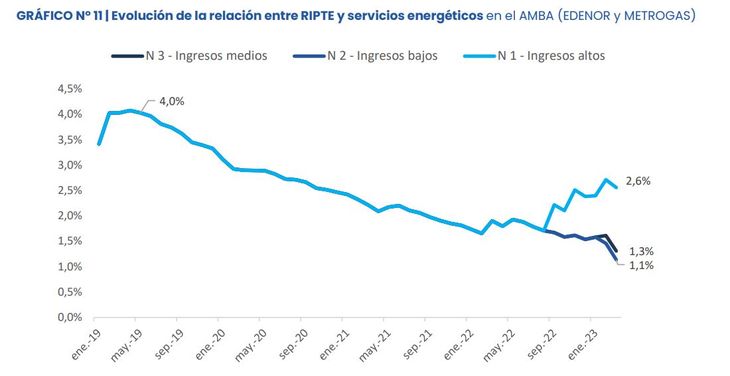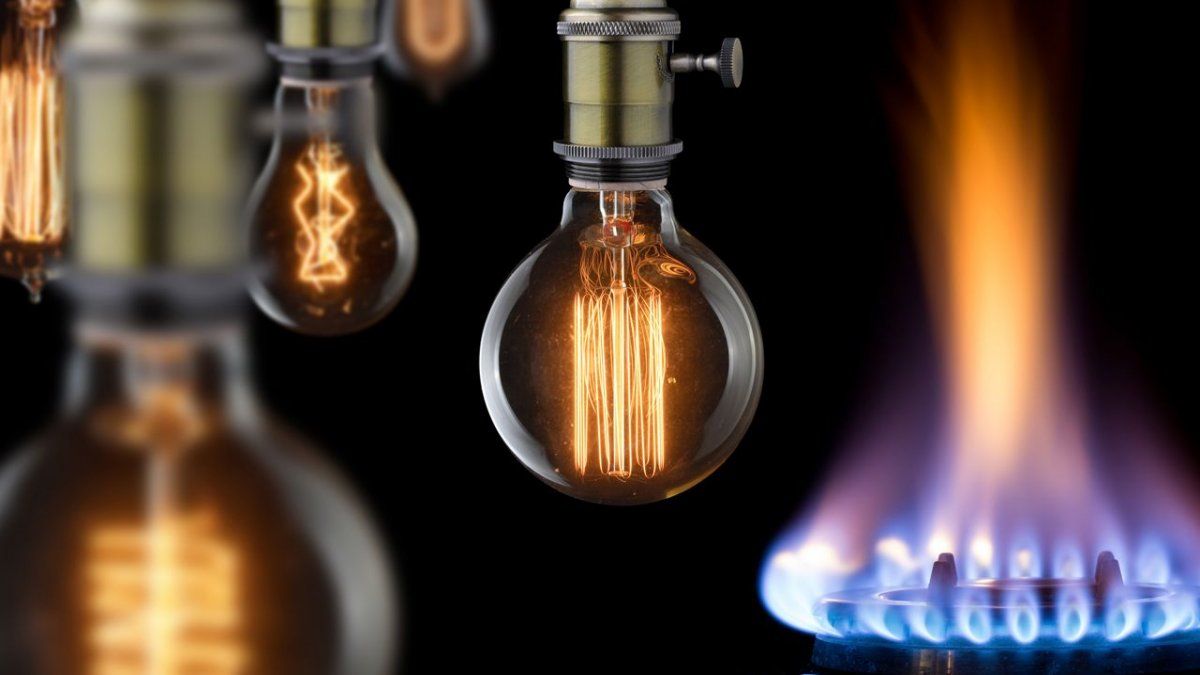In line with what was agreed with the International Monetary Fund (IMF)the Government advanced with the removal of subsidies foreseen in the segmentation. In the first quarter, energy subsidies fell 25% in real termseven despite the fact that there was an increase in electricity consumption and although the gas rate remains below 2019. The consultancies that closely follow the sector estimate that in Two trends could be reversed by 2023: a drop in subsidies for the first time since 2019 and a positive energy balance for the first time since 2010.
The main economic subsidies to services such as water, energy and transport had a growth of 64.3% year-on-year in the first four-month period compared to the same period of the previous year, which in real terms implies a reduction of the 19.8% yoy Broken down by sector, in water the year-on-year drop was 26.9% and in energy of 25%. There was only a real increase in transport, of 1.9%.
This is clear from the report carried out by the Observatory of tariffs and subsidies of the Interdisciplinary Institute of Political Economy (IIEP UBA-CONICET).
iiep 0.JPG
Specifically in the energy sector, the cumulative subsidies in the first four-month period accounted for 75% of the total: they were $637,192 million, a fall of 25% in real terms. It is explained by the lower disbursements to Cammesa (-54.6%) and no spending allocated to the gas plan I, II, II, the trust fund for gas consumption and resolution 46. Where there were significant increases in subsidies in terms reais was in the gas ar plan (+204.7%) and in the former Enarse (+260.5%). They were transferred to the state IEASA in the first four-month period $282,517 million, due to the advancement of LNG purchases for international prices.
The projections of energy subsidies for all of 2023 could mark a change in trend. According to Economía y Energía, the consultancy for economist Nicolás Arceo, if the downward trend continues, the drop in subsidies in real terms will occur “for the first time since the last decade.” Although the reduction will not be significant as a result of high inflation, it will show a change in trend, together with the return of the surplus of the energy balance“with an impact at the macroeconomic level for the coming years”.
The explanation for the drop in subsidies projected for 2023 is due to the drop in international pricesafter historical values of 2022 as a result of the war in Ukraine, due to the finally progress of the delayed segmentation tariff and due to the expectation that the Nestor Kirchner pipelineto increase energy supply at competitive prices from Vaca Muerta, which will imply fewer imports, lower costs and subsidies.
With the advance of rate segmentation and the removal of subsidies, in May high-income households will have had increases in their electricity rates of 540%, partly due to the removal of subsidies and partly due to the increase in distribution, according to estimated the economist Julián Rojo, member of the Argentine Institute of Energy General Mosconi. Meanwhile, in low- and medium-income households (level 3 and 2, respectively), the rates will be at least 35% below the 2020 average, according to Economy and Energy.
The case of gas is different. Despite the increases authorized by Enargas, the average service rate in the AMBA for a high-income R1 user has been reduced in real terms since December 2019, a condition that is also met for the rest of the user categories, according to the work of the IIEP of the UBA. Even with the increases in May, and with no new increases in sight, they expect the final bill to drop in real terms towards the end of the year.
In the relationship rates-salaries, the maximum weight was reached in May 2019, with a burden of 4.8% on the average salary registered. Today, the average AMBA bill for high-income users represents a weight 3.1%, while for low-income families, it falls to 1.3%and for those with medium income, 1.6%.
iiep 1.JPG

Source: Ambito




